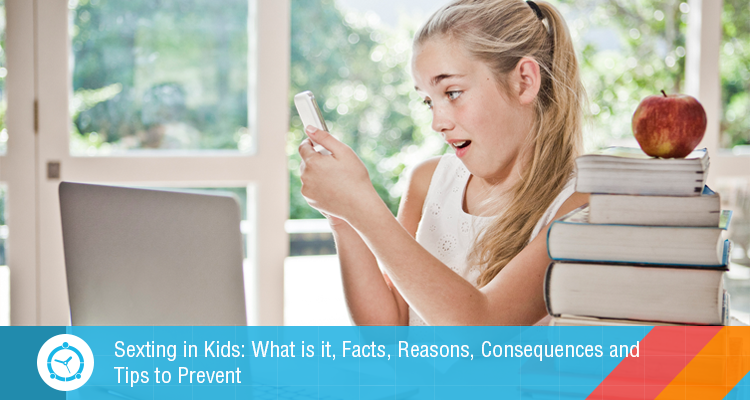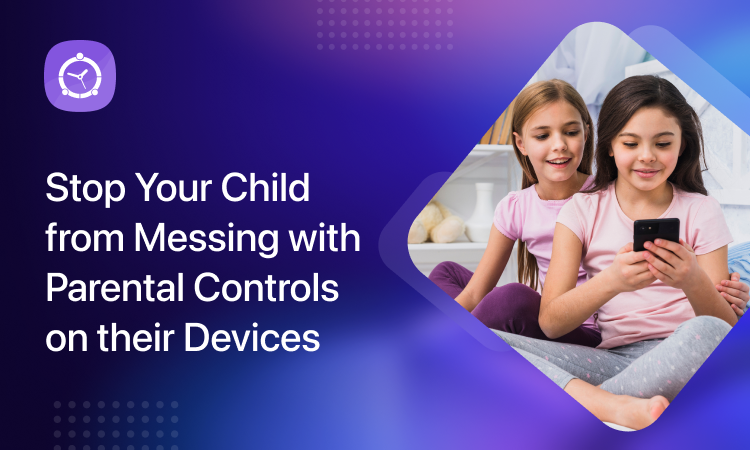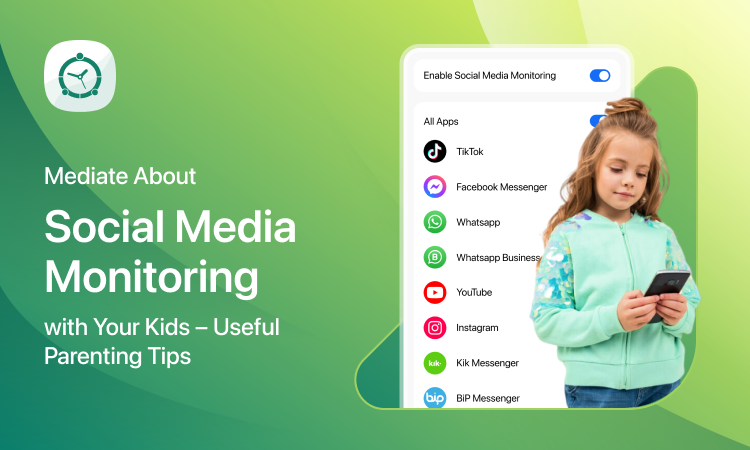
The digital age has led to many problems such as poor lifestyle, bullying, screen addiction and disconnection with the real world. All of these problems are misleading and negatively affecting children. One of the growing trends among teens is sexting. In this post, we are going to discuss what is sexting, facts about sexting, how to control and much more. Let’s get started.
What is Sexting?
Sexting is the act of sending explicit photos, videos or messages through digital devices such as computers, tablets, and smartphones. The use of smartphones and laptops has led to an increase in social media, chatting and video calling among kids and teens. These platforms are normally used for sexting in kids. Normally the act is done as part of a joke, flirting or seeking attention. Parents and teachers need to discuss with children to make them understand the consequences and risks.
Statistics and Facts about Sexting
Have a look at some of the interesting and shocking facts about sexting.
- 11% of teens admit that they have sent pictures to strangers
- 80% of teens who have sexted are under the age of 18
- 12% of teen girls feel pressured to sext
- 38% of teen girls and 39% of teen boys say they have had sexually suggestive text messages or emails—originally meant for someone else—shared with them
Reasons for Sexting
There are several reasons why sexting is common among teens and children. Some of them are:
Nearly half of the girls are pressurized from guys to send explicit messages and photos. However, only 18% of teen boys say they have been pressuring girls. These issues are found where there is a power imbalance in relationships or problems with self-esteem.
An explicit nude photo is a great achievement a teen thinks he has done and can use to brag fellows and friends about the relationship. Another reason for sexting particularly sending nude picture is to get the compliment from the potential partner.
Some teens might share their nude photos in order to establish a strong romantic and sexual relationship with the partner. Moreover, some teens may send nudes as a joke or sexual activity.
Nude photos of other teens can become a nightmare for some teenagers as it might be used as a means to humiliate them. The activity might take place after the relationship ends.
Emotional Consequences of Sexting
There are several emotional consequences of sexting that might hurt the child’s feelings. Some of the emotional consequences include:
Bullying
If the teens have been caught sexting, it can be used by friends and peers in school to humiliate and ridicule them. The act of sending nudes can haunt teens after the images are distributed on different social media networks. It may haunt the teens in the coming years because once it gets online, there is no stopping back.
Revenge Porn
Revenge porn takes place if the relationship between a boy and a girl does not last. For instance, if a girl falls in love with a boy and sends nude to the boyfriend but after a short period they both breakup. As revenge, the boy sends nude to his friends and peers out of anger. The picture is then forwarded to other groups as well as shared on social media sites. All of these things may haunt the girl in the future.
Blackmail
Kids who meet strangers online can develop a friendship over time and may send explicit pictures without knowing them. Later on, they can face the threat of being blackmailed. Several cases have been seen in the past about children being threatened publicly for not sharing their explicit images. The kids would share their pictures on the demand of blackmailers, which might hurt their reputation in the future. Moreover, they may feel ashamed of asking for help from parents.
Once it is Online, it Never Disappears
As a child, he/she might trust the person who is asking for the images. However, they may not know that once the image has gone online, there is no coming back. After the photo is shared online, it can never be removed. Even if it is removed, there are still chances that someone has taken the screenshot, share it online on different platforms including porn websites and get it viral.
Getting Mentally Disturbed
Sexting can even have negative psychological effects on your kid. After your child has shared an explicit photo or video, they may feel ashamed of the act and regret it later. The act of having their pictures viral can lead to something serious and tragic.
Social Reputation is Ruined
The reputation of your kid is important, no matter what is age. Sexting can ruin the reputation of your child and he/she might cut them off from the world to hide from the situation.
In the worst-case scenario, if a child is convicted of crimes involving sexting, it may influence many aspects of their lives. For instance, in the near future, when hunting for a job, the kid might face trouble because of the destroyed reputation.
The reputation of the child may get exposed on social media. While getting admission in the college, most of the institutes check through social media profiles and also search on Google. Incidents of sexting can be harmful to your child.
What Parents Can Do to Prevent Sexting Among Teens and Kids?
In this section, we are going to discuss some tips for parents to prevent sexting among teens and kids. Have a look at it.
Create a Healthy Tech Environment at Home
The first thing that parents need to know is that teens and kids are not aware of the risks of sexting. They may blindly trust strangers and send them explicit messages, pictures, and videos.
If you want to prevent your kids from sexting, make sure to create a healthy tech environment at home. For instance, don’t allow kids to use smartphones in your absence. Moreover, during the bedtime, the kids should be cut off from the online world by taking away their devices or turning off the WIFI.
Teach them about the Consequences of Sexting
The best approach parents can adopt to prevent kids and teens from sexting is to teach them about the consequences. Portray a clear picture of what harm sexting can do, not only in the present but also in the future. For instance, parents can collect news, stories and articles about sexting to help them guide better and make them aware of the consequences.
Set Limits on Social Media
One of the commonly used platforms for sexting is social media and chatrooms. Most of the families don’t really care about what time the kids are spending on social media and the online world. Make sure that the time is kept to minimal and encourage kids to take part in other offline activities as well. Moreover, the kids shouldn’t be allowed to use devices during bedtime, dinner time and homework time. If your kid insists on having the device back, make sure to set time limits.
Install Parental Monitoring App
In the digital world, it is almost impossible to track your kids’ device and keep a watch on them. To protect and secure your child from the dark side of the online world, parents all over the world are using Parental Monitoring App.
FamilyTime is one of the best parental monitoring apps that helps parents monitor their child activities online without any hurdles. For instance, the app allows you to track messages and find out whether your kid is sharing something explicit with other person. In other words, if your child is involved in sexting, you can immediately take action and stop them from such heinous act.
There are some other features that help you control your child without putting extra effort. For example, screen addiction can be controlled through FamilyTime by setting screen time limits on both Android and iOS devices. Moreover, you can also enable internet filters to prevent your child from viewing explicit content such as porn websites.
Conclusion
Digital world is all set to change the world. But there is a dark side to it and sexting is one of them. Make sure that your kids and teens are not involved in this heinous act, which may not only be hurting the reputation of your child but also you as a parent. The More you get involved and teach your child about digital responsibility, the better it will be.







